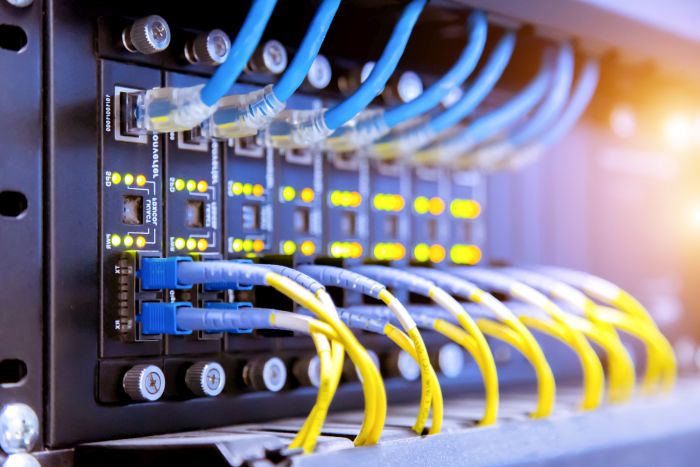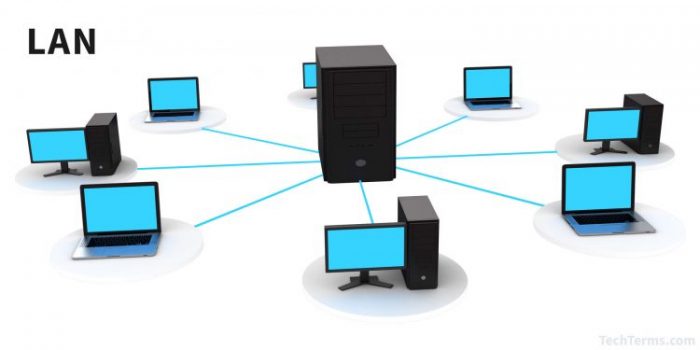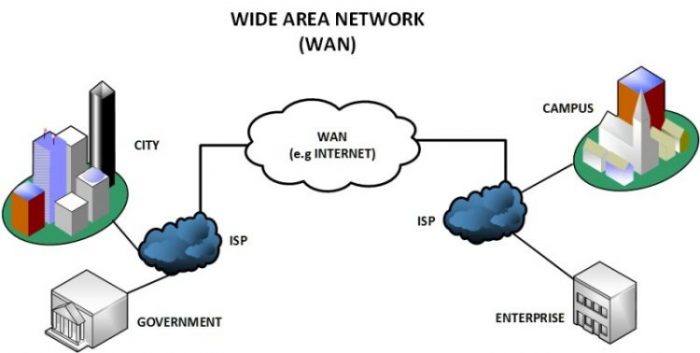The physical, virtual, and logical architecture of a network, as well as how the various software, hardware, and protocols work together to transmit data, is referred to as enterprise networking. The need for trustworthy networks to stay connected is always increasing as more businesses adopt remote work, video conferencing, and the rising need for bandwidth. Enterprise networking requirements vary from company to company, and in this era of digital transformation, more and more modern businesses are relying on software-driven solutions to fuel intelligent network architecture. To succeed in the future, team up with eecol.com for security and access management on your workplace remote operations.
A secure, efficient network is considered a given in our hyper-connected world, and the implications of an unstable network are only getting worse. The average cost of network downtime is $5,600 per minute, and for technology-dependent companies, the cost can be much higher.

Many businesses are discovering that their enterprise network architectures are becoming increasingly complex to keep up with global network solutions. Fortunately, various enterprise network monitoring technologies, such as centralized wired/wireless infrastructures, integrated campuses, and agile data center networking solutions, are available to make the process easier.
Types of Enterprise Networks
Some of the common types of enterprise networks include:
Local Area Networks
Wide Area Networks
Cloud Networks
The Local Area Network (LAN)
A local area network (LAN) is a computer network that links systems in a small building or space. LANs are commonly used for private, non-commercial purposes, but they may also be used as small-scale prototyping or testbed networks.

Within a wider network, you can create LANs both logically and virtually. Each department in the enterprise networking, for example, will run a small LAN with multiple computers connected to the same switch but separated from other departmental LANs.
Wide Area Network (WAN)
Consider a LAN that connects several buildings and geographical locations, also globally. In terms of the protocols and components used to transfer data through the layers of the OSI model, WAN connectivity varies from LAN connectivity. WANs are normally set up by internet service providers and may be used as a private or public network (ISPs).

A software-defined WAN, or SD-WAN, is another choice. This is a software-controlled virtual WAN architecture that creates an abstraction between the virtualized WAN and the underlying infrastructure components. This technology allows for stable WAN operations while also allowing for decoupling.
Cloud Networks
Data centers and cloud networks provide the majority of Enterprise Networking IT services. The IT environment could be a combination of on-premise servers and cloud networks hosted off-site. Multiple cloud computing models, private, public, and hybrid cloud, could be included in the cloud stack. As an added bonus, you are probably using multi-cloud platforms to deliver different application components and services.

Enterprise Networking Trends & Concepts
Following some of the most recent corporate networking patterns can be fascinating.

Service dependability, security, and the ability to incorporate emerging technology standards and systems are at the forefront of today’s global network solutions coupled with technological advances and improvements.
Secure Access Service Edge (SASE) – This network architecture introduces an additional security layer for edge network technologies.
5G Connectivity – The new 5G networking standard is expected to mature in the coming years, thanks to recent substantial investments and acceptance. Early adopters and disruptors are those that take advantage of the technology, particularly because 5G connectivity provides a dramatically improved user experience with high data transmission speeds.
Wi-Fi 6 and 6E – These new connectivity standards are around 30% faster than Wi-Fi 5. They’re especially useful for simple in-house LAN implementations.
Cloud-Managed Popularity – According to a recent IDC publication, cloud-managed WAN, SD-WAN, and Unified Communications adoption continues to rise.
AI and Machine Learning – AI and machine learning are two terms that are used interchangeably. Enterprise networking with AI and machine learning can massively improve visibility in a global network solutions model and control enterprise networking and IT infrastructure, which produces a massive amount of data at any node and network endpoint.
